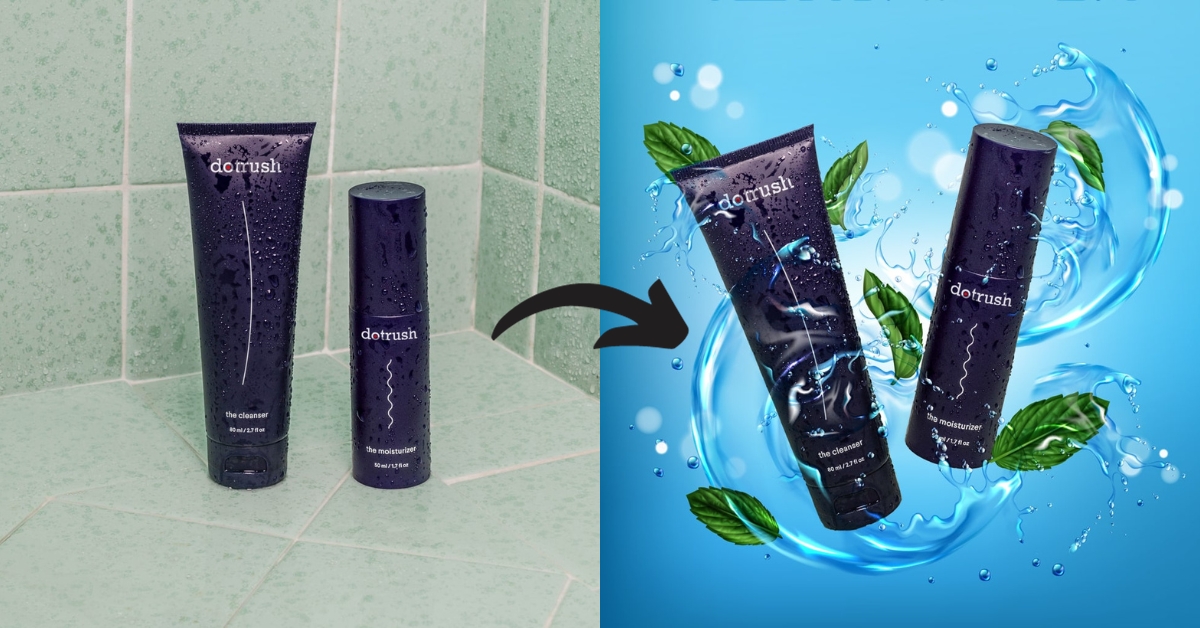In today’s digital-driven world, high-quality product images are crucial for attracting and retaining customers in the fiercely competitive e-commerce landscape. An efficient and effective product photo editing workflow is the backbone of creating visually appealing images that drive sales. In this article, we’ll delve into the art of optimizing your product photo editing process, providing insights, tips, and techniques to streamline your workflow for outstanding results.
What is Product Photo Editing Workflow?
The product photo editing workflow is a structured series of steps aimed at enhancing product images for visual appeal and accuracy. It involves tasks such as background removal, color correction, retouching, and more to ensure your products shine in photographs.
Essential Tools for Product Photo Editing
Before diving into the workflow, you’ll need the right tools:
- Adobe Photoshop: Versatile and widely used for advanced editing.
- Adobe Lightroom: Ideal for batch editing and color correction.
- Capture One: Great for color grading and tethered shooting.
- Online Editors: Various online platforms offer basic editing tools.
Step-by-Step Product Photo Editing Process
Unlock the secrets of product photo editing with our step-by-step guide. Elevate your e-commerce visuals and enhance product appeal effortlessly.
Step 1: Image Selection
Start with high-resolution images for optimal quality.
Step 2: Background Removal
Use the pen tool or background eraser to remove the background. And, consider transparent, white, or colored backgrounds depending on your brand style.
Step 3: Color Correction
Adjust brightness, contrast, and saturation for accurate colors. Ensure consistency in color across all product images.
Step 4: Retouching
Remove imperfections, blemishes, or dust using the healing brush tool. Also, pay attention to product details to make them look flawless.
Step 5: Shadows and Lighting
Add natural shadows to create depth and dimension. Enhance or balance lighting for a professional finish.
Step 6: Resizing and Cropping
Resize images to match your platform’s requirements. Then, crop to focus on the product, adhering to the rule of thirds for balanced compositions.
Advanced Techniques to Elevate Your Editing
For more advanced product photo editing:
- Ghost Mannequin Effect: Create a 3D look to showcase clothing and accessories.
- Reflections: Add reflections to make products look more realistic.
- Composite Images: Combine multiple shots to capture different product details.
Ensuring Consistency in Your Editing Workflow
Consistency in editing style is crucial for establishing a strong brand identity. Use presets in software like Lightroom to apply uniform edits to all product images.
Common Mistakes to Avoid
- Over-editing: Excessive edits can make products appear unnatural.
- Inconsistent backgrounds: Stick to one style to maintain brand cohesion.
- Ignoring details: Small flaws can negatively impact the overall image quality.
Conclusion
Mastering the product photo editing workflow is essential for e-commerce success. By following the steps and techniques outlined in this article, you can create visually stunning product images that captivate customers and drive sales. Remember to maintain consistency in your editing style and avoid common mistakes to ensure your product photos stand out and make a lasting impression. Elevate your product photography game and watch your business thrive with these valuable insights and tips.
Frequently Asked Questions (FAQs)
es, there are mobile apps available for basic editing. However, for advanced edits and professional results, using desktop software is recommended.
Use diffused lighting sources such as softboxes and reflectors. Maintain consistent positioning of lights and products to minimize shadows and highlights.
JPEG is a common format for online images due to its balance of quality and file size. For images with transparency, use PNG.
Ensure you have the rights to use the images and comply with copyright laws. If you’re selling branded products, follow the brand’s guidelines for image usage.
This page was last edited on 17 February 2024, at 3:10 pm
